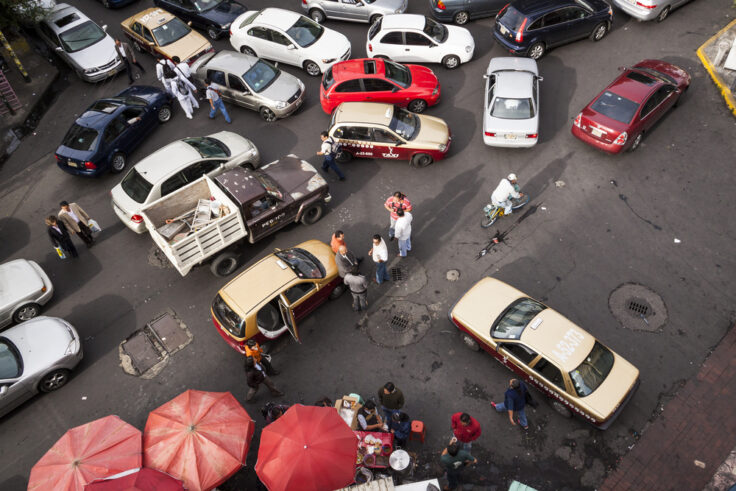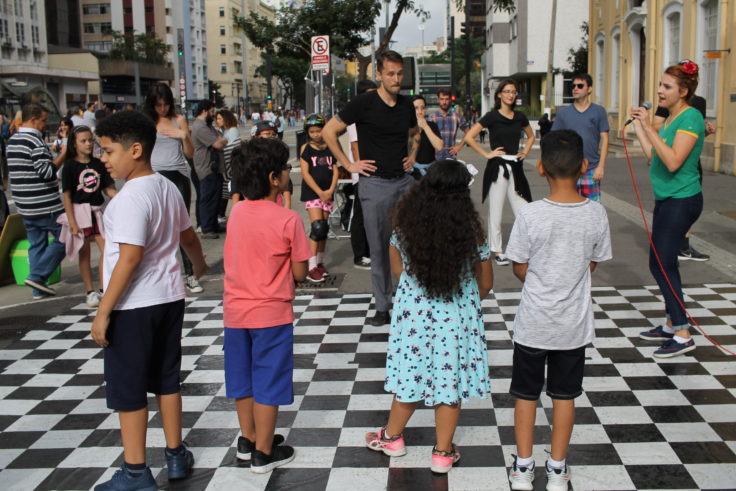April 16, 2024
A Manual for Addressing Road Safety in Latin American Cities
The World Health Organization (WHO) estimates that deaths from road accidents exceed 1.35 million annually, and millions more people are injured.
Read more about ITDP Mexico’s work on their recent road safety manual here.
The WHO also estimates that every 24 seconds someone is killed on a road worldwide. A significant number of victims of vehicle and road accidents are concentrated in regions such as Africa, Latin America, the Caribbean and South Asia, due in large part to issues of vehicle dependency, poor road design, infrastructure gaps, and a lack of traffic management policies. Risk factors associated with people’s behavior, such as driving at excess speed or under the influence of substances, are also a major challenge.
In Latin American countries in particular, 17 deaths occur per 100,000 people according to 2016 estimates, almost two times higher than the European average of deaths. And this number continues to rise due to factors such as poor intersection design and increased car usage across the region, which leads to compounding issues of unsafe roads, poor air quality, environmental harms, and overall public health concerns. Unfortunately, road safety challenges in Latin American have often been shown to impact the most vulnerable of populations, including youth and children. Beyond the health impacts, the economic costs of traffic accidents totals in the hundreds of millions of dollars every year across Latin America, according to World Bank data.


